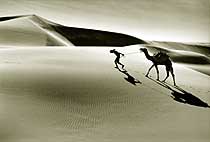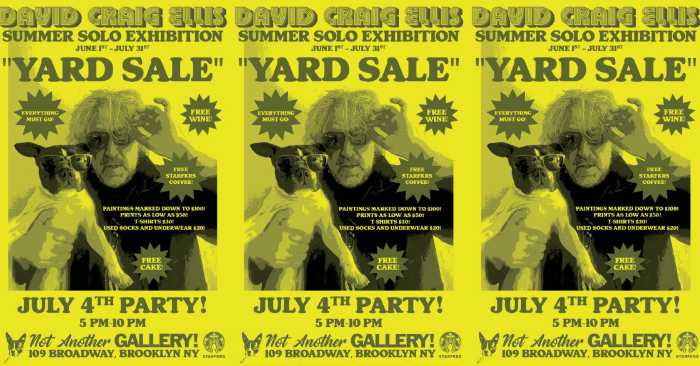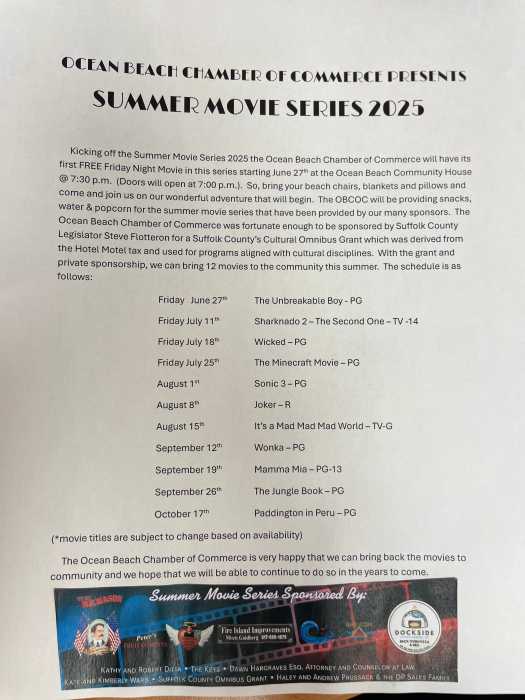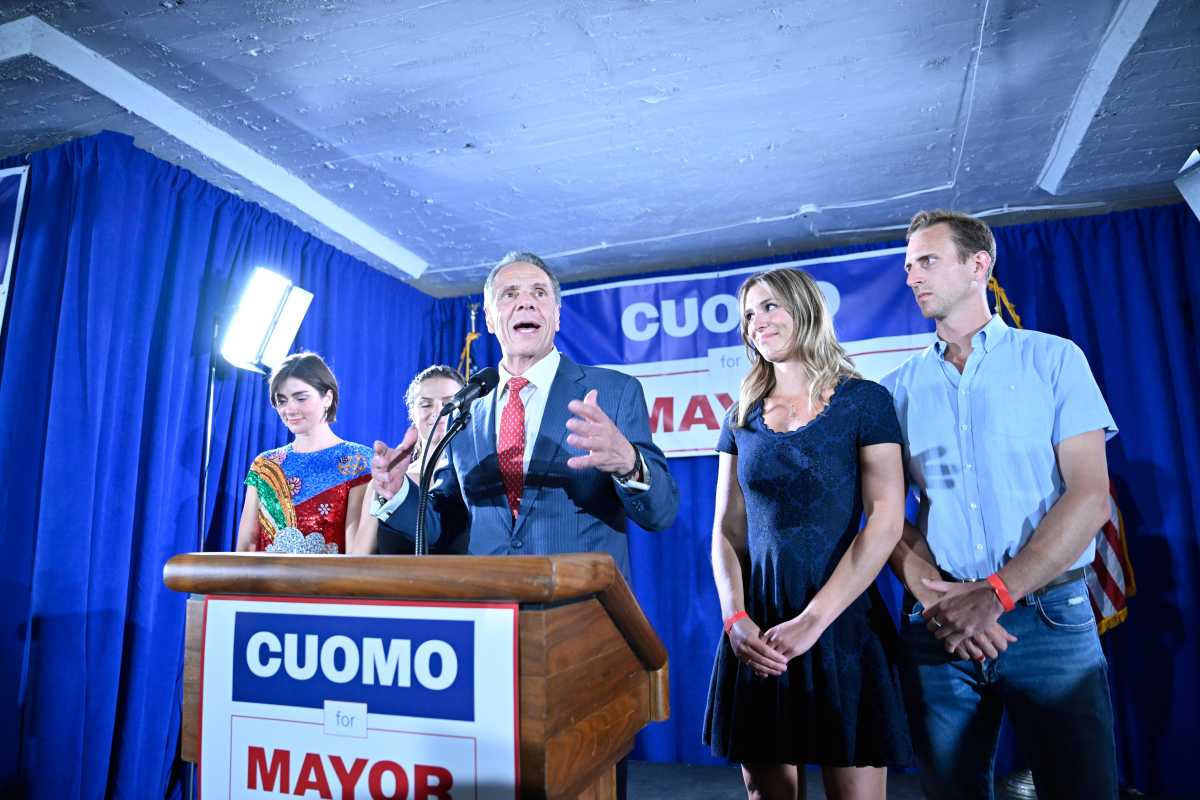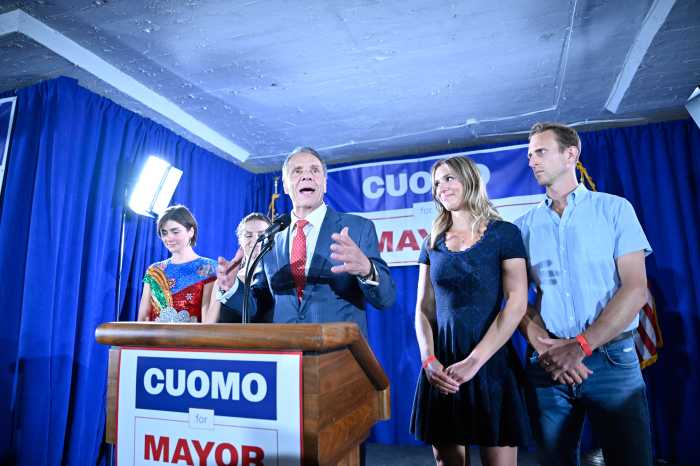Photojournalists have a unique view of
the world. If they are successful, in one photo they can tell
a complete story. For them, one moment encapsulates an entire
political event.
French filmmaker Raymond Depardon began his career as a photojournalist
and as such covered some of the most important historical events
of his time. When he turned to filmmaking, he used the same technique
with his moving images.
Depardon’s documentaries follow the precepts of the "direct
cinema" practiced by American filmmakers Ricky Leacock,
D.A. Pennebaker and the Maysles Brothers. In his 1993 book, "Depardon/Cinema"
(written with Frédéric Sabouraud), Depardon writes
that his photo editor at the Dalmas Agency, where he was a staff
photographer, told him to study the work of the aforementioned
filmmakers, and then to take a camera and shoot sequences on
the street, but without sound and without cutting. The exercise
enabled him to locate the important shot, the moment that tells
an entire story.
His resultant non-fiction films blend realism with exquisite
photography. Much of this work is on view at the BAM Rose Cinemas
from April 1 through April 11 in the series titled "I Need
a Camera: Raymond Depardon."
Depardon can do many things with his camera. In short documentaries,
such as "10 Minutes of Silence for John Lennon" and
"Jan Palach" he slowly and simply captures the process
of public mourning.
In 1969, Depardon went to Prague and focused his camera on the
city during a memorial service for Palach, a Czech student who,
in protest of the Soviet invasion of his country, committed suicide
by setting himself on fire. Depardon depicts people throughout
the city who stand silently on the steps of the subway, in the
trolleys – which have themselves stopped momentarily – and those
who walk by his coffin, paying their respects.
Along with brief questions about suicide and politics to a few
onlookers, all of the images together create a sense of communal
grief. Thirteen years later, he captures the faces of people
who gathered in Central Park the day after Lennon’s murder. The
camera, in one take, pans the crowd using only ambient sound
until, as the people finally leave the park, we hear a recording
of "Imagine."
Both films will be shown with the documentary "Numeros Zeros,"
which explores the newsroom of a French daily newspaper, on April
1 at 4:30 pm, 6:50 pm and 9:10 pm.
Lost in Paris
The feature-length 1987 documentary "Emergencies" ("Urgences"),
follows the patients and staff at a Parisian psychiatric hospital.
The film recalls the work of Frederick Weissman, an American
proponent of the cinema verite style – no questions or comments
from the filmmaker, the camera is trained on the subjects at
hand and it captures what transpires.
Of course, in choosing exactly where to place the camera, Depardon
decides where our attention will be. In this case, the viewer
encounters various individuals dealing with their own personal
demons – from something as simple as a middle-aged housewife
talking about the lack of direction of her life, to an illegal
immigrant who attempts to jump off the roof of a building because
he can no longer stand the uncertainty of possibly being expelled
from France anymore. All of these patients, and the psychiatrists
who attempt to heal them, are brought into sharp focus, as if
under a microscope. There are no great cures; no revelatory moments.
All we get is the devastation of lives that have slipped through
the cracks.
The camera goes from close-ups to long shots in the hospital’s
corridors, so we find ourselves looking through doorways at the
action. Sometimes it’s an uncomfortable feeling that wells up
– are we examining social issues, or are we being voyeurs? Depardon
doesn’t let us off the hook; we are, after all, doing both. "Emergencies"
will be shown Saturday, April 10, at 4:30 pm and 9:10 pm
A few years later, in 1994, Depardon used the same technique
in "Caught in the Act" ("Délits Flagrants")
to examine detainees and the police who arrest them.
Depardon roamed the corridors of a Parisian police station, and
filmed interviews with 87 "perps," winnowing these
subjects down to 14 for the final edit. The accused speak with
prosecutors, with the occasional public defender trying to deal
with an obstinate client. From the ridiculous (an accused car
thief claims he couldn’t have stolen the car, saying, "Yeah,
I was trying to start it, but I couldn’t steal it because I can’t
drive") to the wannabe sublime (a woman arrested for hotwiring
a car, when asked if she would agree to be filmed, asks, "Does
my hair look alright?") these are mostly petty criminals,
with nothing too dramatic getting in the way of the minutiae
of law enforcement. This film screens on April 10, at 2 pm and
6:50 pm.
On the outskirts
In "Profils paysans: l’approche" Depardon spent time
with farmers in the town of Lozere in 2001. The French title
isn’t translated, but he profiles many of the members of this
small community. Many of these people are old, and there is the
classic problem – will the young people be willing to stay and
keep up the farm? Most of these people are not very talkative,
yet it’s amazing to see how they will still open their mouths
for the camera. Once again, Depardon’s background as a photographer
is evident.
He uses a stationery camera for the most part, and his subjects
move in and out of the frame as they go about their business.
Depardon’s main focus is on Louis, an ailing farmer whose neighbor
cleans his house for him. Eventually Louis sells most of his
livestock and goes to the hospital where he dies peacefully.
Although this may seem like the end, for Depardon, this film
is only the first installment. He plans to follow up with the
rest of his subjects to see what kind of lives they will be able
to make for themselves in a new era. This film will screen on
Friday, April 9, at 2 pm, 4:30 pm, 6:50 pm and 9:10 pm.
Unreal stories
Depardon has made only a few fiction films, among them "Untouched
by the West" ("Un homme sans l’occident"), in
2002. This film, based on a novel by Diego Brosset, was shot
in black-and-white. The story concerns a young boy who, after
his father and uncle die in the desert, is raised by another
tribe. As a young man, Alifa becomes a hunter and a leader in
the desert war among various factions. In making his way through
various adventures, he finds his own identity. This is a simply
wrought film. There are long stretches without narration or dialogue,
and the stark contrast of men and animals against the white sands
of the desert gives the impression of elegant line drawings.
This film will screen on Saturday, April 3, at 2 pm and 6:50
pm.
In addition to these films, BAM will also present two other Depardon
fiction films ("Empty Quarter: A Woman in Africa,"
his first fiction film, made in 1985, and 1990’s "Captive
of the Desert," with Sandrine Bonnaire), and many more documentaries.
The series is a great study in how uncomplicated filmmaking can
have complex, and meaningful, consequences for the viewer.
Marian Masone is the associate director of programming for the
Film Society of Lincoln Center and chief curator of the New York
Video Festival at Lincoln Center.
"I Need a Camera: Raymond Depardon,"
screens at BAM Rose Cinemas, 30 Layfayette Ave. at Ashland Place
in Fort Greene April 1-11. Tickets are $10, $7 for students (with
valid ID, Monday-Thursday) and $6 for seniors and BAM Cinema
Club members. Tickets available at the box office, by phone (718)
777-FILM, or online at www.bam.org. The BAMcinématek hotline
is (718) 636-4100.


